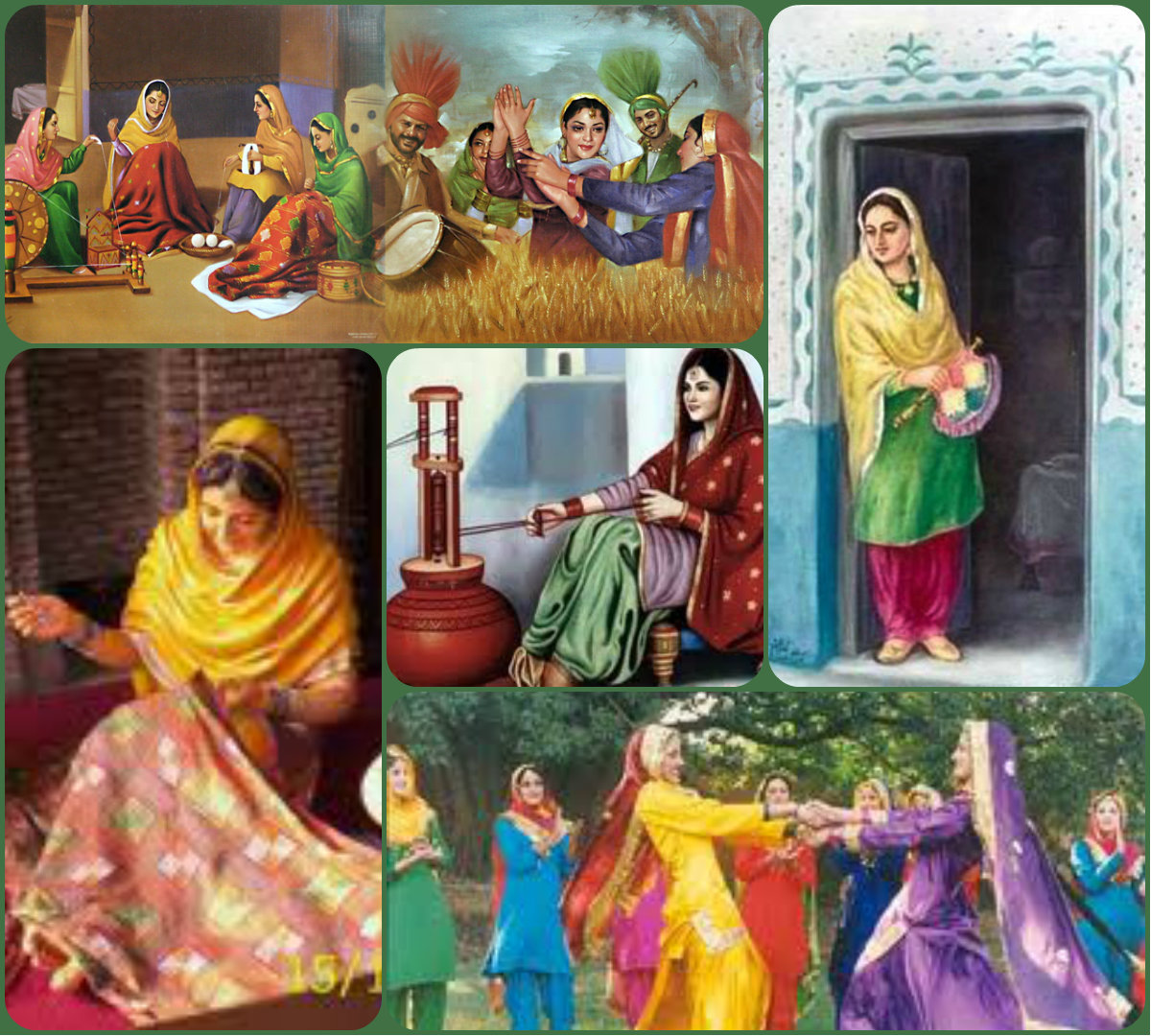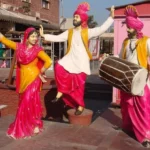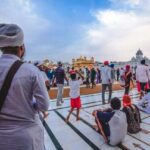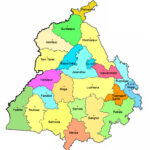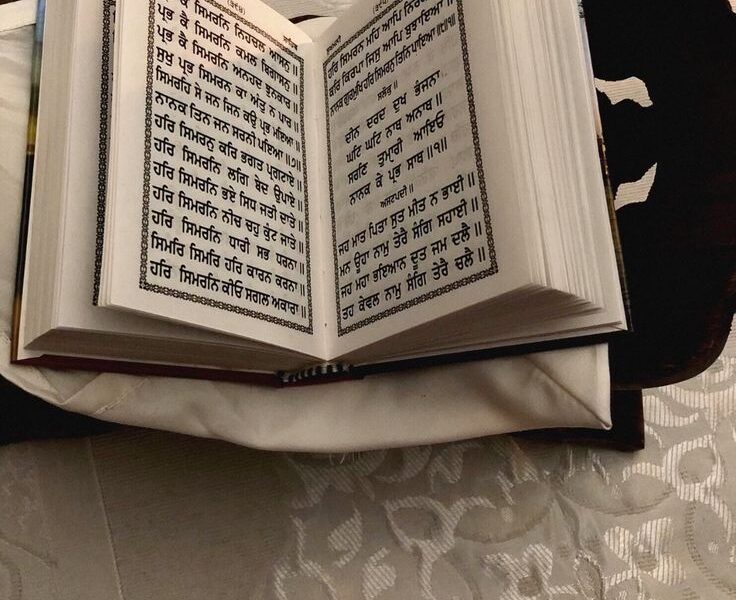Located in the northwest zone of India, Punjab is known for the unique tradition and culture. Being the ancient center of settling in Indian Subcontinent, it is the place where first civilization of South Asia flourishing around 2500 BC. Due to the geographical location, Punjab has been ruled and plundered by numerous invaders from South Asia. After the falling of Mughal Empire, Sikh influencing dominated and emerged the region. The state is popular for Punjabi cuisine, agriculture, festivals, Punjabi folk dances, and gurudwaras, etc. Before being enchanting by this place, let us understand few interesting facts about land of five rivers: Punjab.
Named After Five Rivers
The word Punjab is made from two Persian wordings; ‘Panj’ signify five and ‘aab’ signify water. Five major rivers flowing through the state: Beas, Sutlej, Ravi, Jehlum and Chenab.
One State: Two Countries
Before the partition of nation in 1947, Punjab was the largest state in British India. After Partition, Punjab divide into two regions; Pakistani Punjab and Indian Punjab.
Cradle of Civilization
In the Pakistani and Indian Punjab, the Indus Valley Civilization flourishing which is considered one of ancient civilizations. The civilization flourishing around Indus river system.
Given Birth to Two New States
The modern Indian Punjab comes into existence on 31 October 1966 when Haryana and Himachal Pradesh were carved out.
Sikhism Was Found Here
In the late 15th century, Guru Nanak Dev laid Punjab Sikhism foundation. Punjab is the large state of Sikh population.
Center of Sikh Empire
In 1799, under a leadership of Maharaja Ranjit Singh, the Sikh Empire was forming. It was the secular empire based in Punjab. It has lasted until 1849.
Population & Are Sharing in India
The zone of Punjab is 50,362 sq. km. It is the 20th huggest state in India as per the zone. Its population is about 27 million; 16th largest state as per population in the nation.
Place of Holiest Sikh Shrine
In the city of Amritsar, the Golden Temple or Shri Harmandir Sahib is situayted which is consider the holiest and most significant pilgrimage site of Sikhism. The temple was designed by fifth Guru Arjan Dev. The Gold was installed above Gurudwara by the Raja Ranjit Singh.
Capital of Sikh Pilgrimage
There are five Takht (means Seat of Authority) in Sikhism. Out of five, three are in Punjab; Akal Takht in Golden Temple Complex, Takht Sri Keshgarh Sahib in Anandpur Sahib and Takht Sri Damdama Sahib in Bhatinda. Two other are Takht Sri Hazur Sahib, Nanded and Takht Sri Patna Sahib in Patna, Bihar, Maharashtra.
Famous Folk Dances
Punjab is very popular for its folk dances such as Bhangra, Gidddha, Jhumar, Jugni, Mirza, Gatka, Dhamaal, etc.
Granary of India
Several Rivers are flow through state which making Punjab very fertile. Punjab is also denoted the Bread Basket of India and Granary of India. It produces 17% of India’s total wheatish production, and 11% of India’s rice (Data, as per to the 2013 report). Agriculture is the huggest industry of the state and about 84% of the land is under the cultivation.
Punjab Shares its Capital with Haryana
The capital of Haryana and Punjab is Chandigarh which is the Union territory. There is also one common High Court for both the states which is denoted as Haryana and Punjab High Court, located in the capital city of Chandigarh.
Not Much Forested
The land of Punjab is not at all forested. Only 1772 sq. km area has been forested. birds and Local animals are found in Punjab; buffalos, fruit, horses, bat, wildcat, wild boar, flying fox, hog deer, squirrel, mongoose, etc. A few rivers are notorious to have danger species of crocodiles. blackbuck is the state animal while Baaz (northern goshawk) is the state bird.
Martyrs of Jallianwala Bagh
Jallianwala Bagh is situated in Amritsar, the biggest city of Punjab. On 13 April 1919, Jallianwala Bagh massacre had taken place here under the command of Colonel Reginald Dyer in which more than 1500 people had died and some got injured.
The Unique Ceremony
When the partition of India had taken place in 1947, Punjab was divided into two chunks; Pakistani Punjab and Indian Punjab. Indian Punjab sharing its border with the Pakistani Punjab. Every year, the Wagah-Attari border ceremony is held on 15 and 14 December during Independence Day of India and Pakistan, respectively. Wagah is the village in the district of Lahore, Pakistan and Attari is the village in the district of Amritsar, India.
Demand for the Separate Country
In the 1980s and 1970s, the Khalistan movement or the Sikh Separatist movement reaching its prominence. However, Operation Blue Star was conducting by Indian Army stopping the movement in which numerous Sikh militants were prisoned and killed.
